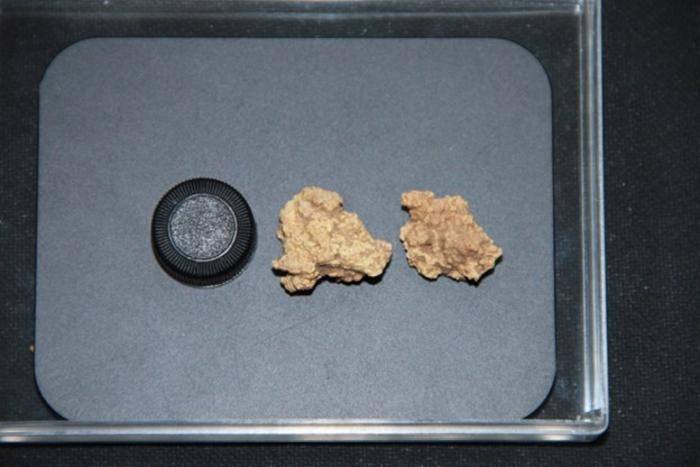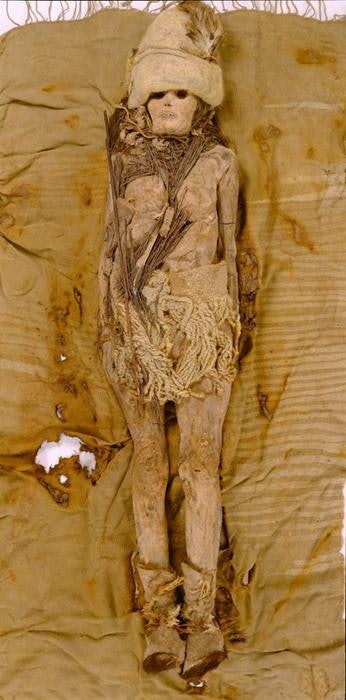
Scientists have discovered the oldest-known cheese sample in the world, around the neck of a 3,600-year-old mummy.
Eating fermented food like cheese “may be one of our most ancient and influential, yet under appreciated practices,” a research team wrote in their paper published Wednesday in the journal Cell.
When humans eat fermented foods, they introduce probiotic bacteria into their guts. This has been associated with health benefits.
But, it’s not everyday you find really old cheese to map out this cultural history. “Food items like cheese are extremely difficult to preserve over thousands of years, making this a rare and valuable opportunity. Studying the ancient cheese in great detail can help us better understand our ancestors’ diet and culture,” Qiaomei Fu, researcher at the Institute of Vertebrate Paleontology and Paleoanthropology at the Chinese Academy of Sciences, said in a description of the paper.

The cheese is kefir. The scientists found the fermented dairy samples around three Bronze Age mummies excavated from northwestern China’s Tarim Basin, near the borders of Kyrgyzstan and Tajikistan. The samples contained species such as Lactobacillus kefiranofaciens and Pichia kudriavzevii. These are commonly found in present-day kefir grains, which ferment milk into kefir cheese.
The Lactobacillus kefiranofaciens in the ancient cheese was especially important, because it’s found in modern fermentation, though as different strains than in the past.
Innovations in DNA sequencing allowed the team to reconstruct the Lactobacillus kefiranofaciens genome — and our relationship with fermentation.
The team also found that the Lactobacillus kefiranofaciens had more in common with the modern version originating from Tibet, and was less like the one most widely used globally, which is from Russia.
“This is an unprecedented study, allowing us to observe how a bacterium evolved over the past 3,000 years. Moreover, by examining dairy products, we’ve gained a clearer picture of ancient human life and their interactions with the world,” Fu said.
Back to the mummies. It was only until now that scientists could confirm the dairy product around the necks of the Tarim mummies was, in fact, kefir cheese. Two decades ago, archaeologists discovered Bronze Age mummies, dating back 3,300 to 3,600 years, with “mysterious white substances” smeared on their necks and heads in the basin’s Xiaohe cemetery.
“This is just the beginning,” Fu said. She hopes the DNA technology can help scientists revisit artifacts that are still laced with mysteries.







